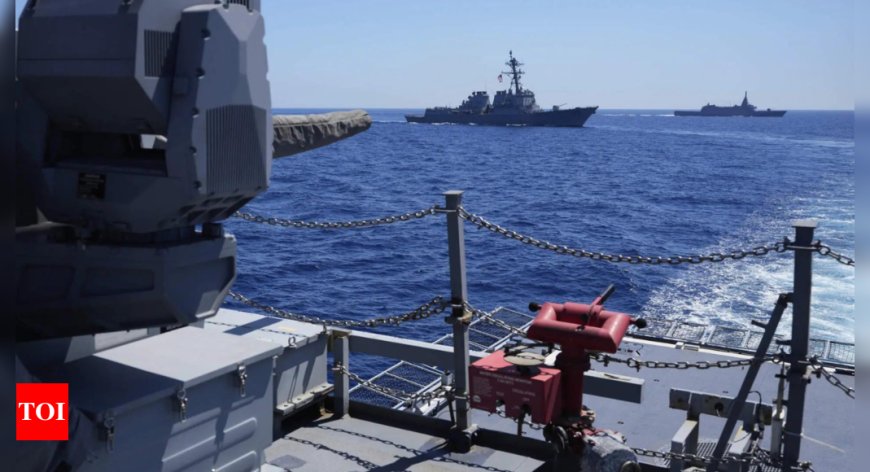US and Philippine joint combat drills show Trump is not scaling back on South China Sea region
The Philippines will host joint military exercises with the United States. About 14,000 personnel will participate in Balikatan exercises. Australia, Japan and other nations will send military delegations. The drills will include live-fire exercises and deployment of missile systems. These exercises will happen from April 21 to May 9. China has expressed concerns about these drills.

US and Philippine Joint Combat Drills: A Statement on South China Sea Tensions
In a significant military collaboration, the United States and the Philippines are engaging in joint combat drills, underscoring the commitment of both nations to maintain stability in the South China Sea region. These exercises send a clear message that, under the recent geopolitical climate, the US is not retreating from its strategic presence in this contested area.
The Purpose of Joint Military Exercises
The joint drills aim to enhance the interoperability of both nations' armed forces, focusing on improving tactical responses to regional threats. Such operations are crucial as they prepare troops for potential conflicts, ensuring that both countries can act collaboratively in defending interests in the South China Sea. This strategic partnership has drawn attention, particularly given ongoing territorial disputes among various nations in the region.
Trump’s Administration and Military Commitment
Former President Donald Trump’s administration was often scrutinized for its approach to foreign policy, particularly concerning Asia. However, this initiative highlights that the US continues to assert its military presence in the South China Sea, signaling continuity in defense strategies that prioritize alliances and collective security. The United States views the Philippines as a critical ally in countering aggressive postures from China, thereby reinforcing its commitment to regional allies.
Geopolitical Implications
The South China Sea is a vital maritime route, where a significant portion of global trade transits. The area is rich in resources and is the subject of overlapping claims by several countries. The ongoing drills between the US and the Philippines not only emphasize military readiness but also reflect geopolitical maneuvering that could deter aggressive actions and promote stability. As tensions continue to simmer, these exercises represent a proactive stance against potential threats.
Regional Reactions and International Observations
As the joint combat drills unfold, reactions from neighboring countries and the international community will be closely monitored. Countries wary of China's growing influence may interpret these exercises as a reassurance of US resolve in maintaining a balance of power in the region. The global community remains alert to the implications of such military activities, which can influence diplomatic relations and trade negotiations.
In conclusion, the US and Philippine joint combat drills exemplify a noteworthy commitment to defense collaboration in the South China Sea. This partnership underscores the importance of alliances in addressing regional security challenges and signals that neither nation is willing to diminish their military presence amidst rising tensions.
For more updates, visit News By dharmyuddh.com. Keywords: US and Philippine joint drills, South China Sea military exercises, Trump administration military strategy, regional security collaboration, US allies in Asia, geopolitical tensions in South China Sea, military readiness in Asia, joint combat exercise significance, US commitment to Philippines, South China Sea territorial disputes.







